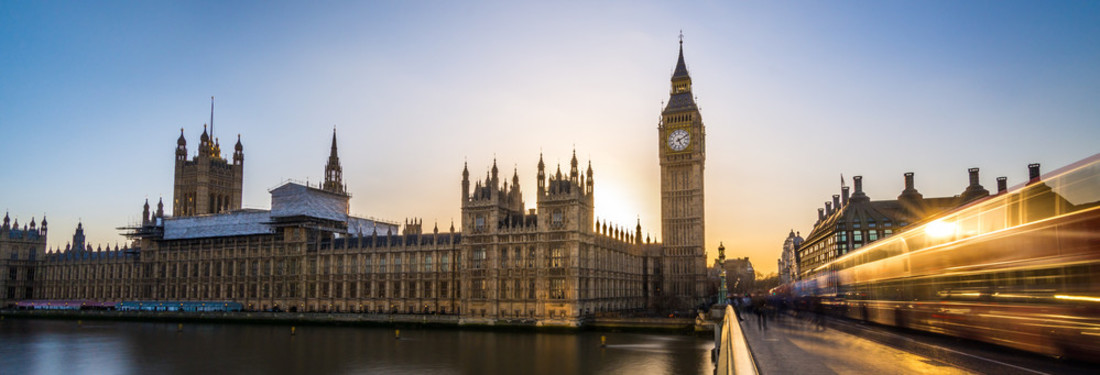Project lessons from the renewal and restoration of Parliament

The National Audit Office (NAO) has released its latest report on the restoration and renewal of the Palace of Westminster. Their previous report from April 2020 highlighted 21 recommendations which were accepted by the sponsor body (12 have been completed so far). The main concern from the new report remains the looming spectre of delay.
The delivery authority still doesn’t know the strategic requirements for the renewed Palace, nor its current condition. These requirements were supposed to have been investigated in November 2021 but have since been pushed back by six months to April 2022. This, of course, has subsequent knock-on effects for the business case (moved to October 2022) and the start of the main works (moved to 2027).
So what has caused these delays and what are the lessons we can learn?
Well, we can’t start a blog addressing this without mentioning COVID-19 which has ruined many a project timescale over the past two years. The NAO report notes that the pandemic seriously reduced the ability to conduct surveys of the Parliamentary building. This aside, here are some project lessons from the restoration:
1. Lockdown the scope
Importantly, the decision of Members of Parliament (MPs) not to move to Richmond House for the duration of repairs (something Parliament had already spent £70 million on) would constitute a major change to the original scope and cause a serious headache for those working on this programme.
Questions should be asked about how and why this happened, given the original scope had been approved by both Houses and a change would undoubtedly lead to a rise in project costs. The sponsor body has had to spend time and money (and most of 2021) analysing an alternate solution and idea.
2. Ensure good relations
Linked to the above point, the report also mentions troubled relations between the sponsor body and Parliament. Interpersonal skills were a key component of our recent research into the dynamic conditions for project success, which investigated the organisational culture required to support project success, so we’d draw the sponsor body’s attention to this.
3. Bring in the right support
Despite the above, the report champions a new assurance strategy, the new approach to risk through the Parliamentary Relationship Agreement and the role of the Infrastructure and Projects Authority (IPA) in offering third party reviews of the sponsor body’s work. Bringing in the right support last year was vital, and we want to see more of this.
The IPA has great experience in this area, through their Government Major Projects Portfolio and the number of Chartered project professionals being trained through the Projects Academy. But, as our dynamic conditions research as shown, professional bodies have more to offer as well, and APM are keen to see the sponsor body working with us and others to support their work.
4. Start lessons learned now
Building on this, we’d also like to see early talks on the programme’s Learning Legacy. Just three months ago the UK hosted the International Network of Parliamentary Properties. It would be amazing if we could collect, understand and learn from this programme to support future restorations across the globe.
Those responsible for the programme have an extremely important 18 months ahead of them. We’re keen to see them step up, with appropriate support, and deliver a restored and renewed Parliamentary building. Ultimately, the UK needs a Parliamentary building fit for its new position in the world. We need to ensure this programme succeeds without any more delay.
You may also be interested in:


0 comments
Log in to post a comment, or create an account if you don't have one already.